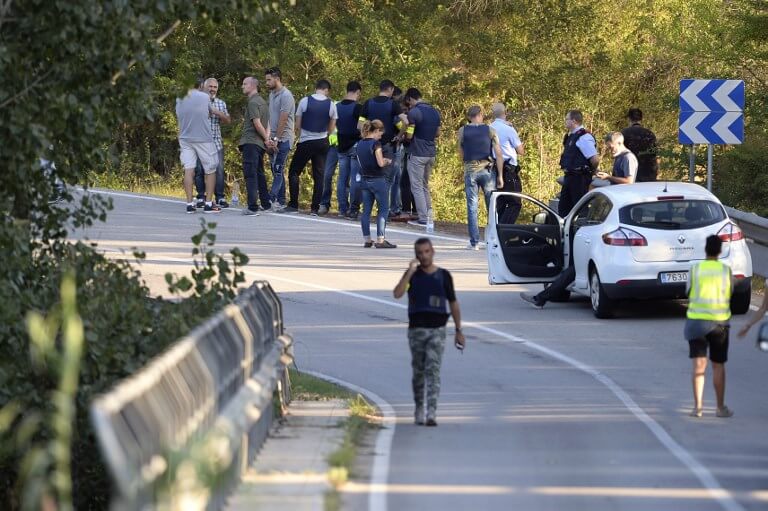On 17 August last year a van rammed into crowds on Las Ramblas boulevard in the heart of Barcelona, igniting four days of terror which investigators are still trying to explain and the survivors to overcome.
The van driver, Younes Abouyaaqoub, a 22-year-old Moroccan, abandoned the vehicle and disappeared into a busy market. He then stole a car, killed the driver and ran over a police officer at a roadblock.
When he was finally shot dead by police after four days on the run, he had killed 15 people of nine different nationalities — including an Australian boy aged seven and a three-year-old Spanish boy. Over 100 people were wounded.

Meanwhile five of his accomplices imitated him in the early hours of 18 August, mowing down pedestrians on the promenade of the seaside resort of Cambrils, south of Barcelona, before stabbing a woman to death.
The attackers, aged 17 to 24, were killed by police.
Investigators have reconstructed the broad outline of how the attacks were prepared but they are still seeking to establish if this terrorist cell, including three surviving members who are in prison awaiting trial, had real links to the Islamic State group which claimed responsibility for the attacks, and if they received orders from outside Spain.
ALSO READ: Focus on Ripoll: a year after Barcelona terrorist attacks
They have established that Abdelbaki Es Satty, a 44-year-old Moroccan who had been jailed for drug trafficking, became an imam at one of the two mosques in Ripoll, a town of some 10,000 residents at the foot of the Pyrenees, where he indoctrinated a dozen young people, mostly second-generation Moroccan immigrants.
‘No foreign links’
The imam died on 16 August, a day before the Barcelona attack, along with another member of the cell, in an accidental explosion while preparing the easy-to-make but deadly explosive TATP, which police believe they intended to use for a more deadly attack.
Known as the ‘mother of Satan’, TATP has become the explosive of choice for the Islamic State group.
Barcelona landmarks such as the Sagrada Familia basilica and its Camp Nou stadium, along with a gay disco, were mentioned by the cell as possible targets.
But the destruction of the explosives prompted the cell to improvise and carry out a vehicle attack, modelled after the one in Nice, France, in 2016 that killed 85 people.
Despite the similarities – and even though the imam left behind a text in the name of the ‘soldiers of the Islamic State’ – investigators across Europe have searched in vain for evidence that the attackers had contacts abroad that may have given them instructions.
During the 18 months that preceded the attacks, some of the members of the Ripoll cell travelled to Switzerland, France, Belgium and Morocco.
‘We have not found to date in any of our lines of investigation evidence of a reliable external catalyst for the attacks,’ Lieutenant Colonel Francisco Vazquez of Spain’s Guardia Civil police told AFP.
Shadow of secession
Most family members of the victims and survivors of the attacks decline to talk about the painful events. Javier Garcia, the father of a three-year-old boy named Xavi who was killed on Las Ramblas, complained during an interview with Catalan TV that reporters ‘don’t let us mourn’.
The attacks were quickly eclipsed in the news by Catalonia‘s attempt to secede from Spain last October following a banned independence referendum in the wealthy northeastern region, which was marred by police violence.
The need to respect the victims appears to have brought a temporary truce in the conflict between Spain’s central government and the separatists that govern Catalonia.
Catalan independence organisations have asked their supporters not to protest against the presence of Felipe VI at a Barcelona ceremony on Friday to mark the anniversary of the attacks. The head of the Catalan government, Quim Torra, has said the king is not welcome.
These tensions hindered the investigation into the attacks as the Spanish National Police and the Mossos d’Esquadra, the regional Catalan police, all have jurisdiction over terrorism cases.
‘Rivalry, mistrust and the exchange of accusations … are probably the most negative side of these days, aside from the victims of the attacks,’ said the International Observatory for Terrorism Studies, a private research centre based in Spain.


